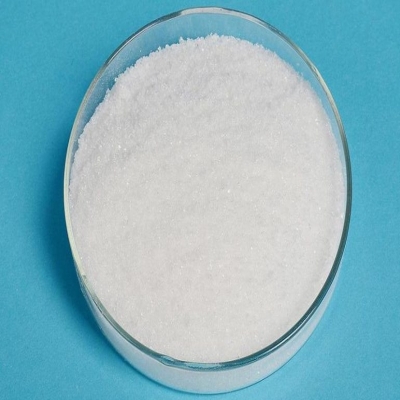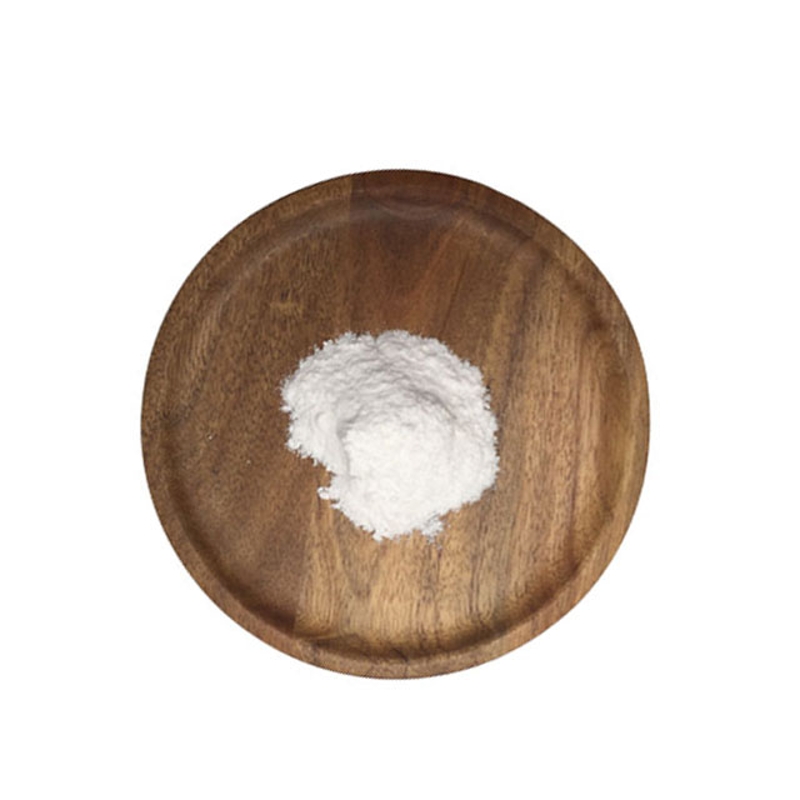-
Categories
-
Pharmaceutical Intermediates
-
Active Pharmaceutical Ingredients
-
Food Additives
- Industrial Coatings
- Agrochemicals
- Dyes and Pigments
- Surfactant
- Flavors and Fragrances
- Chemical Reagents
- Catalyst and Auxiliary
- Natural Products
- Inorganic Chemistry
-
Organic Chemistry
-
Biochemical Engineering
- Analytical Chemistry
- Cosmetic Ingredient
-
Pharmaceutical Intermediates
Promotion
ECHEMI Mall
Wholesale
Weekly Price
Exhibition
News
-
Trade Service
▎Human Papillomavirus (HPV), edited by WuXi AppTec's content team, causes 4.
5% of new cancer cases worldwide, accounting for 29.
5% of all infection-related cancers
.
Almost all men and women will be infected with at least one type of HPV at some point in their lives
.
Although more than 90% of HPV infections can be cleared by the body's own immune system, some people will develop persistent HPV infections, which can easily cause a variety of benign and malignant epithelial diseases
.
Recently, the "New England Journal of Medicine" (NEJM) reported a special case, a study from the National Institute of Allergy and Infectious Diseases (NIAID) team under the NIH in the United States
.
A young man had multiple recurrent skin and mucosal lesions caused by HPV, as well as encephalitis caused by herpes simplex virus and recurrent refractory nasal cancer
.
It turns out that it may be related to the weakened immune function caused by genetic mutations
.
After receiving hematopoietic cell transplantation, HPV-related lesions were cleared, and nasal cancer did not recur
.
Comparing before and after treatment, the research team observed that innate immune cells such as natural killer (NK) cells play an important role in inhibiting HPV colonization and HPV-related diseases
.
Screenshot source: The New England Journal of Medicine.
This is a 23-year-old man.
He had herpes simplex virus (HSV) encephalitis in his left temporal lobe during adolescence.
There were many flat warts on his scalp, face, limbs and There are many common warts scattered on the trunk, but there is no anogenital disease
.
He suffers from a left nasal ulcer, which has not healed for 5 years, and the left nasal vestibular pathology is sessile and raised (Figure A below)
.
The biopsy (Figure B/C below) showed HPV-related squamous cell carcinoma in situ, positive for P16INK4a, a surrogate marker of high-risk HPV infection (P16INK4a is a protein involved in cell cycle regulation and is excessive in high-risk HPV-infected tumors Expression)
.
Second-generation RNA sequencing of biopsy samples from nasal vestibular lesions showed that high-risk alpha variant HPV 16 infection
.
▲The patient’s nose is abnormal (A), and a biopsy reveals HPV infection (BC)
.
(Picture source: Reference [1]) After repeated surgical resections, the patient's nasal cancer recurred again and again
.
At the 4th relapse, the medical team conducted an immunological evaluation, hoping to provide clues for a more effective comprehensive treatment with less potential trauma
.
Immune analysis of peripheral blood samples with abnormal immune indicators and genetic mutations showed abnormalities in multiple indicators
.
The absolute number of CD4+ T cells decreased, and NK-like T cells expanded in large numbers.
There is no evidence that the expression of PD-1 protein increased
.
The absolute number of NK cells and their degranulation function are retained, but the number of functionally mature and terminally mature NK cells is reduced, and immature NK cells and NK subgroups expressing skin lymphocyte-related antigens are expanded
.
The absolute levels of B cells and immunoglobulins M, A, and E are normal, while IgG antibody levels are elevated
.
Diphtheria and tetanus-specific antibody levels are protective
.
Second-generation gene sequencing of whole blood revealed that there was a somatic mutation in the IL2RG gene in the patient [c.
191T→C(p.
V64A)]
.
This is a heterozygous missense mutation that occurs in people with X-linked (caused by X chromosome genes) severe combined immunodeficiency
.
In fact, genetic testing of women in the patient's family (mother, grandmother, and three sisters) also found that they were heterozygous carriers of this mutation (but they did not develop the disease because the women had two X genes)
.
Missense mutation: Due to the substitution of bases in the DNA chain, a specific genetic code is changed and one amino acid in the synthetic polypeptide chain is replaced by another amino acid
.
However, the distribution of mutant and wild-type alleles in the patient's whole blood DNA is similar
.
Further sequencing results showed that the above-mentioned pathogenic gene mutations in the patient's T cells were reversed, but in other immune cells such as NK cells and monocytes, there was only evidence of allelic mutations
.
Image source: 123RF The protein encoded by IL2RG is related to a variety of interleukins (IL-2/4/7/9/15 and 21).
This mutation leads to impaired intracellular signals, and mutant NK cells respond to IL-2 and The signal level stimulated by IL-15 was significantly reduced; but this did not occur in the CD4+ and CD8+ T cells whose mutations were reversed
.
In addition, this mutation also leads to a severe reduction in the cytotoxic function of NK cells
.
The paper pointed out that the expansion of NK-like CD8+ T cells found in blood tests may be due to the ineffective compensatory expansion of CD8+ T cells carrying wild-type IL2RG alleles in order to compensate for the NK-specific cytotoxic function
.
At the same time, the diagnosis and treatment team performed genetic sequencing on the microbiome at 10 sites in the patient's skin and oropharynx, and found that the abundance of HPV on the patient's skin was significantly increased, especially rich in α-HPV, which is related to epithelial dysplasia The most typical HPV category
.
HPV lesion clearance after hematopoietic cell transplantation considers that the patient’s immune function abnormalities lead to severe HPV infection and the increased risk of HPV-16-related nasal cancer progression.
The diagnosis and treatment team decided to adopt a comprehensive plan of ablation and immunotherapy for the patient
.
In July 2017, photodynamic laser ablation was performed for nasal cancer to minimize the risk of progression
.
In November 2017, the patient received a reduced-intensity allogeneic hematopoietic cell transplant.
The bone marrow transplant came from his sister, a heterozygous carrier of the IL2RG mutation, and matched the patient’s human leukocyte antigen.
.
After hematopoietic cell transplantation, the patient is recovering well
.
Complete (>95%) chimerism of donor bone marrow and NK cells has been observed after 60 days, and complete chimerism of donor T cells and B cells has been observed after 6 months
.
Three years after transplantation, no nasal dysplasia or recurrence of squamous cell carcinoma was observed in clinical examination and PET-CT examination (Figure DE below); 1 year after transplantation, significant regression of skin warts was also noted (Figure FG below)
.
▲Comparison of nasal recovery (DE) and skin wart regression (FG) before and after transplantation
.
(Image source: Reference [1]) After transplantation, the patient's NK cell immune phenotype and cytotoxicity function were completely restored, including the NK-like CD8+ T cells expanded before treatment also returned to normal levels
.
The patient also developed a strong immune response against HPV
.
On the one hand, his sister who donated bone marrow was vaccinated with HPV vaccine.
On the other hand, hematopoietic cell transplantation also improved his own immune function
.
The patient’s skin microbiota also returned to normal.
Re-examination results showed that high-risk HPV was significantly reduced, and the distribution of different HPV subtypes on the skin was similar to that of healthy people.
Case inspiration: The key role of NK cells in HPV immune control was discussed in the paper, the research team pointed out , IL2RG mutation showed viral clinical symptoms in this patient
.
In this case, the immune function associated with HPV infection may involve antigen presentation and adaptive cytotoxicity, as well as innate NK cell-mediated cytotoxicity
.
The patient’s immune response to HPV after transplantation is mainly reflected in the T cell response to HPV-16 L capsid antigen (representing a preventive rather than therapeutic potential), while the T cell response to HPV-16 E6 antigen is used in transplantation.
Keep stable before and after
.
In addition, the IL-2 and IL-4 signaling pathways in the patient's body have also been restored
.
The paper specifically pointed out that this confirmed the main role of NK cells in the control of HPV-related diseases in this patient, although under different clinical conditions, T cells, monocytes and tissue-resident bone marrow cells may be involved in the control of HPV-related diseases
.
The immune function test results of this case are consistent with the improvement of HPV-related symptoms after hematopoietic cells, which emphasizes the key role of NK cells in human host defense, especially the impact on the susceptibility and prognosis of HPV-related diseases
.
Image source: 123RF combines local ablation therapy and immune intervention to enhance adaptive and congenital NK cell-mediated immune surveillance in immunocompromised populations, which may help prevent high-grade dysplasia or malignant disease and improve HPV-related The clinical outcome
.







